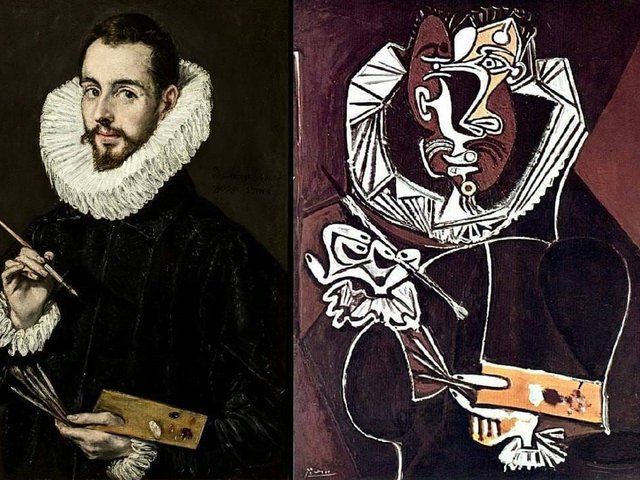The benefits of new digital technologies are clear. But there is concern that existing copyright laws may not be appropriate for the digital age. Such laws have grown out of the protection of works in material form such as works of art—not digitised works. Copyright owners also argue that the transmission and viewing of their works over the Internet may not be properly protected by copyright laws. These and other legal uncertainties are considered by some to be barriers to full exploitation of digital technology. In contrast, telecommunications companies and Internet service providers are arguing for laws which will allow them to avoid liability if they innocently disseminate material which infringes copyright or other laws or make such material available over their networks. Some argue that the Internet and material available on it should be available without restriction for educational and other non-commercial purposes. Others suggest that such “fair use”/“fair dealing” exceptions are not appropriate for digital work which can be transmitted immediately around the world via the Internet. There is a consensus that digitisation requires the harmonisation of various copyright laws, a process given impetus by the two World Intellectual Property Organisation (“WIPO”) copyright treaties signed at the end of 1996. These will take the Berne Copyright Convention, the foundation of the international copyright system, into the digital age. The European Commission has also recently proposed a new copyright directive. Increasing attention is being paid to technological solutions to protect and identify digitised works through the use of encryption and digital watermarks. Ultimately, technology may prove the best protection for copyright owners seeking to exploit their rights in the digital environment. In the next few years, copyright laws will be revised to address the challenge of digitisation.
Intellectual propertyarchive
WIPO treatises take the Berne copyright convention into the digital age
Is new copyright law needed for a new age?
31 March 1998



